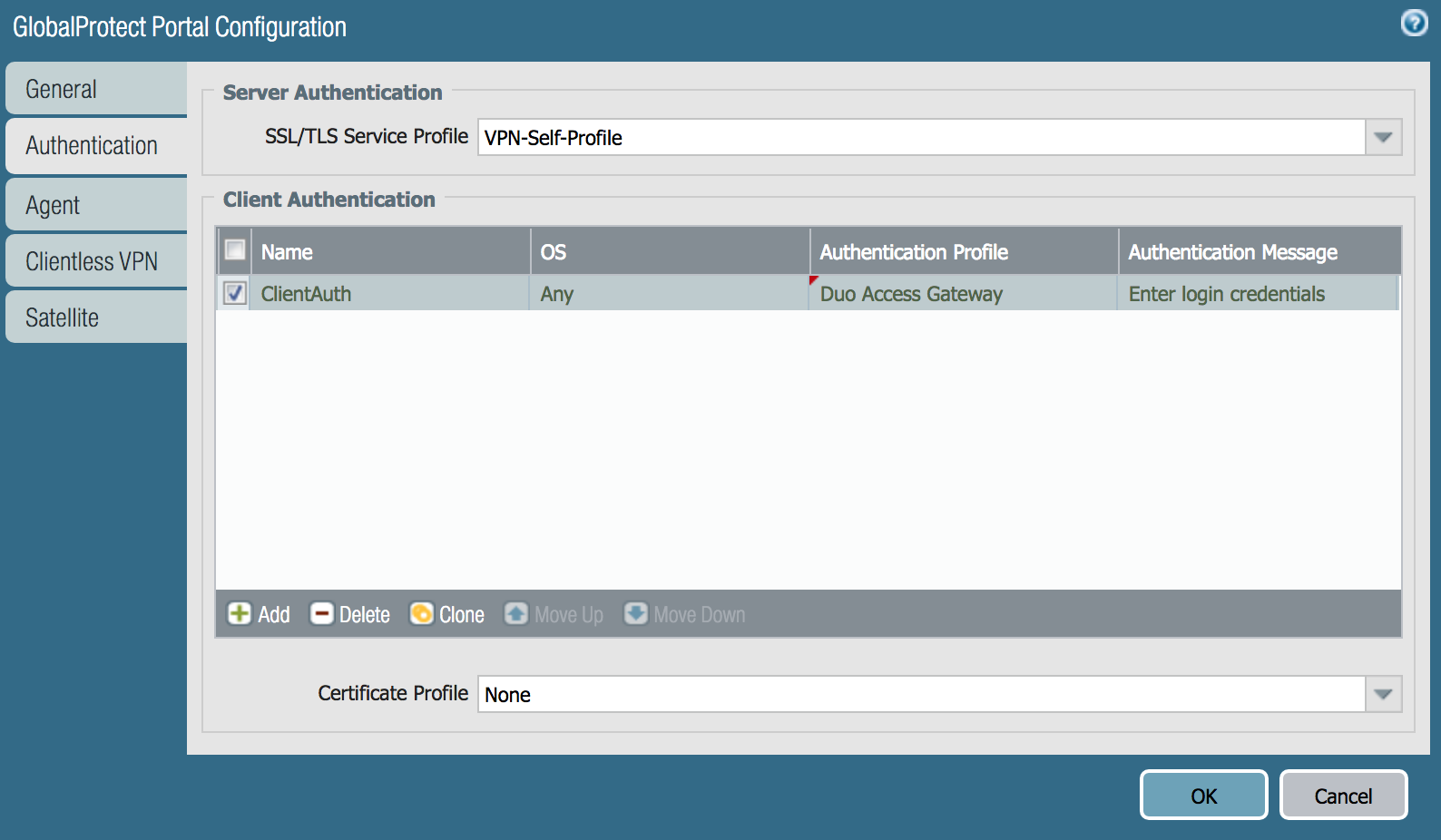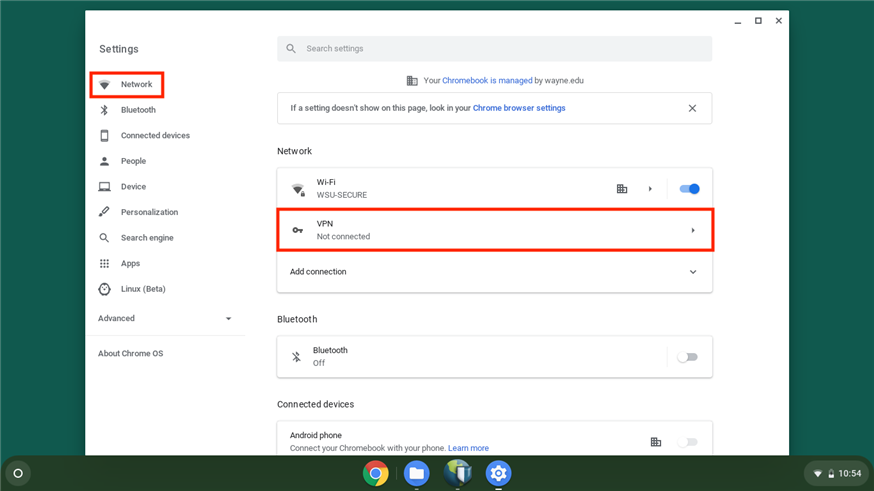

- Enforce globalprotect connection for network access how to#
- Enforce globalprotect connection for network access install#
- Enforce globalprotect connection for network access code#
Now we select Computer Configuration/Policies/Windows Settings/Public Key Policies under that node we double click on Certificate Services Client – Auto-Enrollment we now select on the properties under Configuration Model we select Enable and make sure that the boxes for managing certificates in the store and for updating the certificate if the template is modified.


When the wizard starts we click Next then we select Computer Certificate Template: We now right click on Automatic Certificate Request Setting and select to create a new Automatic Certificate Request, this will request to the CA a new Computer Certificate and renew the certificate when it expires automatically. Now we select Computer Configuration/Policies/Windows Settings/Public Key Policies/Automatic Certificate Request Settings: Once created we edit this policy by right clicking on it an selecting Edit: On the tool we create a New Group Policy Object: Lets start by selecting from Administrative Tools the Group Policy Management tool: In a production environment you may wish to separate these or keep them in one policy depending on your AD design.
Enforce globalprotect connection for network access how to#
In this example I will show how to configure a GPO for issuing a Certificate to each host in the Domain and Configure NLA authentication for RDP.
Enforce globalprotect connection for network access install#
On a Windows 2008 environment we can install on a server the role of Active Directory Certificate Service to install a Enterprise CA accepting all defaults so it can provide Computer Certificates to the machines in the domain in an automated way using Group Policy. For this we will need a PKI infrastructure integrated with AD in our Windows environment. One of the biggest advantages also is that since TLS is used it will warn us if it can not validate the identity of the host we are connecting to. NLA was introduced first with RDP 6.0 in Windows Vista and later on Windows XP SP3. NLA is present in the latest versions of Windows, for Server: Since no packet will reach the RDP service until CredSSP has finished negotiation of the connection it protects the servers from DoS and exploits. Most brut force tools currently out there do not take in to account NLA, it would slow down the process even more and add another level of complexity. The graphic bellow illustrates how this is done: This tokens can be NTL, Kerberos or PKI Authentication for SmartCards. It should be noted that all GSS security tokens are sent over the encrypted TLS channel. The CredSSP Protocol then uses the Simple and Protected Generic Security Service Application Program Interface Negotiation Mechanism (SPNEGO) Protocol Extensions to negotiate a Generic Security Services (GSS) mechanism that performs mutual authentication and GSS confidentiality services to securely bind to the TLS channel and encrypt the credentials for the target server. Using the TLS connection as an encrypted channel it does not rely on the client/server authentication services that are available in TLS but does uses it for validating identity. Since the days of Vista and Windows 2008 Microsoft has provided a new mechanism for securing RDP connections with what they call Network Level Authentication, this uses Microsoft CredSSP Protocol to authenticate and negotiate credential type before handing off the connection to RDP Service.ĬredSSP first establishes an encrypted channel between the client and the target server by using Transport Layer Security (TLS).
Enforce globalprotect connection for network access code#
The protocol has seen a work in 2011 that abused week passwords and it’s features to copy files and infect other machines and now in 2012 there is a remote code execution bug in the protocol it self. Recently there has been a lot of attention given to the Remote Desktop Protocol for attacker.


 0 kommentar(er)
0 kommentar(er)
